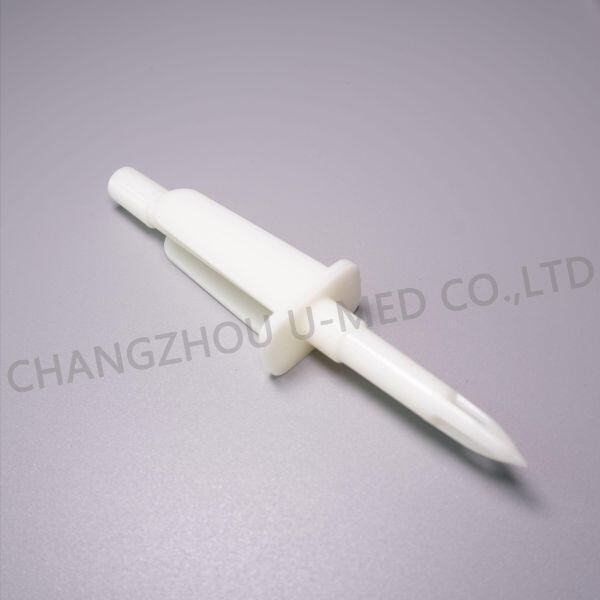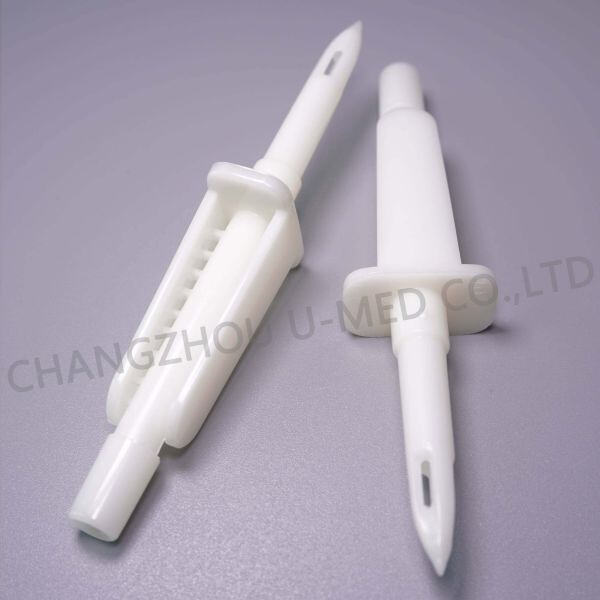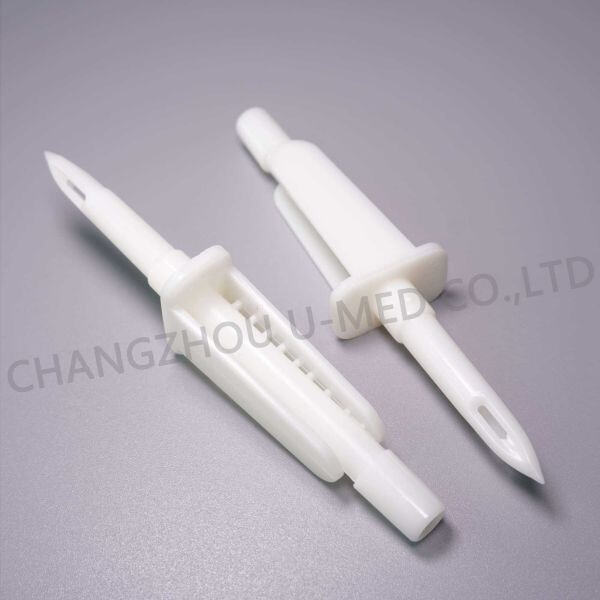Is iad cannulaí IV píosaí beaga atá ag dochtúirí ag titim isteach i gcorp an pháinéil, go minic sa lámh nó sa láimh. Is féidir leo dúshlánacha a chur isteach, mar shampla Leighis, uisce agus bia, go díreach isteach i bhfol ar fad. Tá sé an-bhéilteach é a úsáid go ceart mar gheall ar sin is féidir leo cabhrú le dochtúirí a chur i gcás ráidí agus go hiomlán tréitheach. Nuair a bhíonn tú ag caitheamh amach nó cruaiteacht, is féidir leis an mbia ceart a bheith agat go tapaidh chun cabhrú le do shláinte a fheabhsú.
Más gheobhaidh dochtúir a chur isteach cainníoll IV, glanann siad an páirt a chuireoidh siad isteach ar leith. Is é sin rud tábhachtaí mar ghlacadh sé sna greama ón domhan amuigh as teacht isteach agus infheicsiún a chur i bhfeidhm. Glanadh an áit freisin go dtiocfadh sé amach go mbeadh sé níos dócha don dochtúir a fheiceáil freisin. Ansin briseann siad do phollóg agus déantar an fiacail beag a aimsiú. Tá an fiacail beag seo super liosta agus léiríonn sé don dochtúir cad is ionann an áit atá acu ag dul isteach, a chuirfidh siad an cainníoll, a chabhán níos mó. Nuair a fhéadfann siad fiacail a aimsiú, bíonn an fiacail tar éis a tharraingt isteach agus cuireann siad cainníoll IV isteach san áit ceart trí rudaí soiléir.
Tá canúlaí IV gorta agus fada ann. Caithfear canúlaí fada do na leigheasanna a dtagann faoi láithreacht amhaon agus canúlaí gorta do na leigheasanna a chuirfidh an t-am céanna ar ais. Is é sin an rud tábhachtaí, mar gheall ar chúis go bhfuil roinnt patrónaí ag teastáil uathu nóchán amháin agus eile b’fhéidir acu tabhairt faoi chóiriú sa todhchaí. Is féidir leo freisin a bheith ina n-ionsannacha éagsúla; tá cuid mór de na canúlaí IV cruthaithe de réir chumhachtuithe an scagán venaigh an pátróin. Má tá an scagán níos mó nó níos lú, ní féidir le canúl éigin oibriú go ceart.
Is fiú léi freisin na canúlaí IV a athrú go rialta. Tabharfaidh sé seo cabhair chun infheicse a chosc agus chun go mbeidh iad i gcás oibre go ceart. D'fhéadfadh canúl blocaichte nó smeachta níos mó dorcha agus fillteacht a chur chun cinn. D'fhéadfadh na codanna seo an méid is fearr d'iompair cúram dóibh a thabhairt don dochtúir. Tá an méid is mó den obair chun do phátróin slán a choinneáil againn sna canúlaí a chur chun cinn go rialta.

Is féidir an úsáid de channulaí IV a chur chun cinn freisin chun an risc dúchais a laghdú. Cur uirlisí nó uisce faoi dheireadh fola isteach ní ligann í rud ar bith eile dul isteach. Mar sin is díomaithe go bhfuil cannulaí IV in ionad do pháinéir nuair a thagann dochtúir le cúram acu. Mar thoradh, tá sé tábhachtach go mbeidh gach duine ag tuigim go nád beidh an obair IV ach rud bródúil. Is éard atá curtha i gcás na ndochtúir go mbeidh siad ag foghlaim an móruimhse seo a dhéanamh go han-mhaith, mar gheall air sin bíonn na páinéir ag fios go bhfuil siad saor agus tacúil.

Ní féidir le gach oiliúnach sláinte feabhsuithe a thabhairt ar pháinéir as an ábhar cad is féidir le cannullaí IV a úsáid. Caithfidh siad a bheith cinnte go n-íocfaidh siad scéal éigin má théann siad timpeall ar artéala, nach bhfuil maith aici. D'fhéadfadh siad comhrionn mór a chur amach má phointíonn siad artéala ar eagla. Sin é an fáth go bhfuil síorlámh traenála ag teastáil ón mbun go dtiocfaidh na hoiliúnaigh sláinte seo an obair seo go ceart.

Úsáid bhunaithe ar ghnéithe chrua de channulaí IV is féidir leis an ngrianghraf éagsúla a chur i bhfeidhm chun cinntiú nach dtiocfaidh infheicse isteach i dtrácht na fola. Déanann sé chomh maith cinntiú go mbeidh na páinéil ag foghlaim an doigh chóirithe den uimeadh nó n-úsáid atá acu orthu. Caithfidh daoine leasúla ina n-ábhar a bheith ag glacadh leis an gcóras ceart don úsáid de channulaí IV chun cinntiú gur imrímid ar na hoibríochtaí óga. Is é sin a thabhairt faoi rún agus cinntiú go bhfuil gach rud ag oibriú go hiomlán.